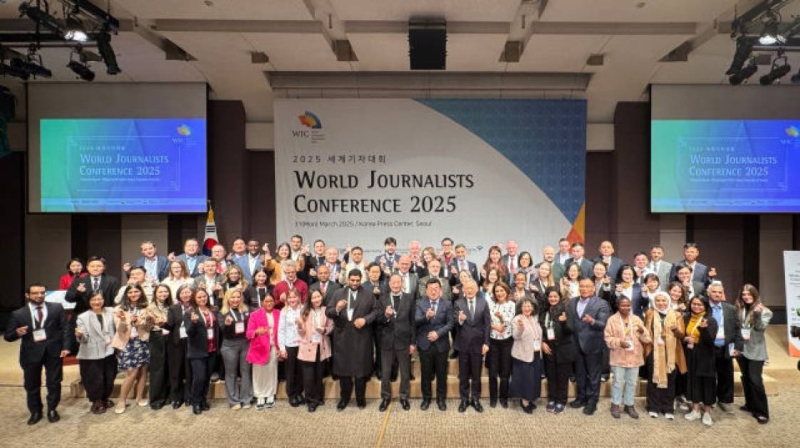Structural barriers to poverty reduction
Structural barriers to poverty reduction
Published: 12:00 am Mar 07, 2006
Structural barriers to economic growth in general mean misaligned macro-economic and sectoral policies, poor communication and transportation infrastructure or lack of a good business environment. These are all concerns in Nepal; but in addition, there are a number of other structural barriers that have important economic implications but are primarily socio-cultural in nature. They are the deeply embedded institutions that structure access to assets, capabilities and voice in ways that privilege certain groups and put others at a disadvantage simply because of their social identity.
In Nepal the caste hierarchy combined with a patriarchal gender system has put women, Dalits and many Janajati groups at a structural disadvantage as they seek economic security, basic health and education services and political influence over the decisions that affect their lives.
Take caste and ethnic identity for example. CBS data from the NLSS II (2003/4) show that poverty has been reduced for all groups over the last eight years. Nevertheless, if you belong to the Brahmin-Chhetri group you have less than a one in five chance of falling below the poverty line. In contrast, if you are a Dalit you have just about a fifty/fifty chance of being poor. Muslims and Janajatis also have a higher than average chance of being poor. However, the average figures for the hill Janajatis mask great variation with some groups who have had access to foreign military service and education opportunities doing much better than other groups like Tamangs, Tangmis, Chepangs, who fall well below the average not only in terms of their economic well being, but also in terms of literacy levels and health outcomes.
Poverty is a result of many factors — not just social identity. There are many poor Brahmins struggling to make a living in the country. However, caste and ethnic identity is an additional factor that can compound poverty. If we look at household per capita consumption levels looking only at caste and ethnicity, we find that the per capita income of the Brahmin/Chhetri household is 46 per cent higher than that of a Dalit, 35 per cent higher than that of a Janajati and 43 per cent higher than a Muslim. But what commands our attention is the fact that if we remove the effects of education levels, occupation,
land ownership, dependency ratio and other factors we still find a difference of between 15 and 13 per cent between the average per capita income of Brahmin/Chhetri households and Dalit, Janajati or Muslim households.
This unexplained difference could be thought of as the “penalty” that certain groups face in trying to earn a living just because of their social identity. For a Dalit household this penalty amounts to Rs. 4853 less per person per year than that enjoyed by a Brahmin/Chhetri household.
This in Nepal’s socio-economic context, which systematically makes a Dalit earn less, there is a structural barrier to poverty reduction and economic growth. It is holding Nepal back. But removing caste and ethnic discrimination cannot be done by the best government policies alone. Strongly enforced state policies to end discrimination are essential; but the most important change must come in the values and behaviour of all the Nepali citizens.
Bennett is a social scientist at World Bank, Kathmandu-





